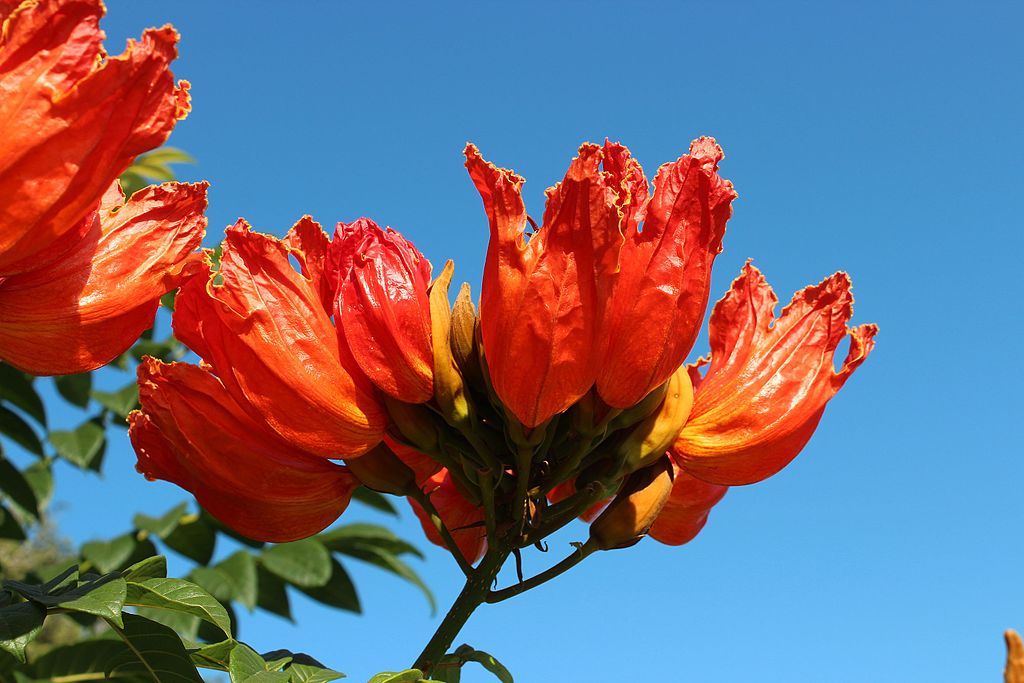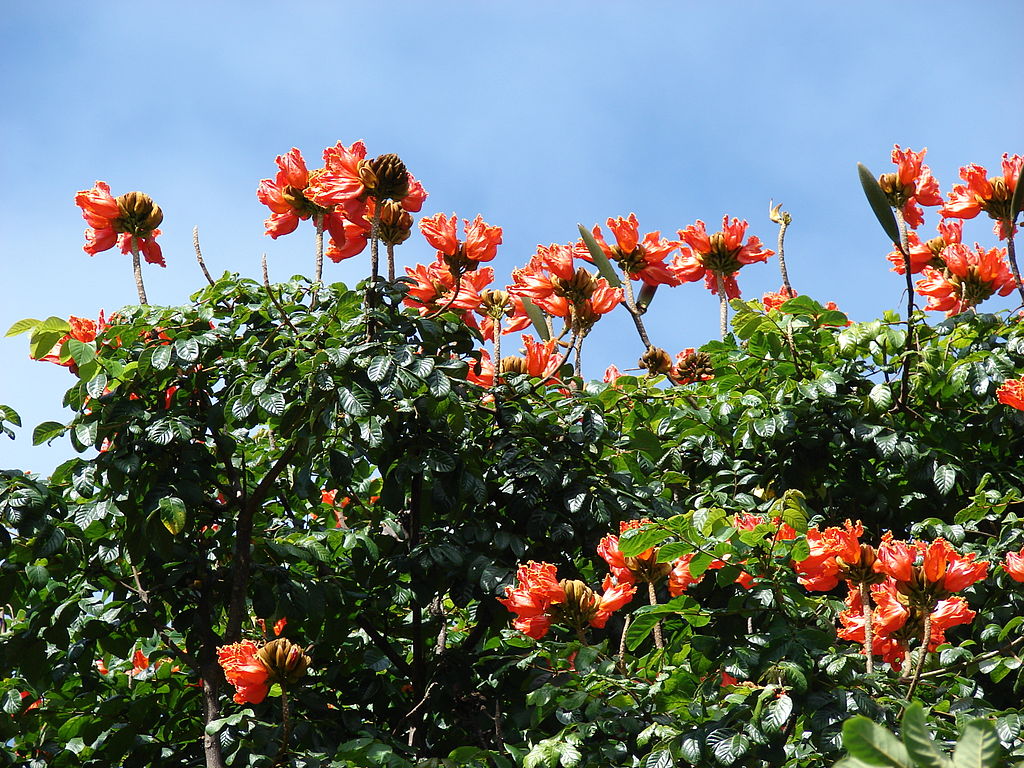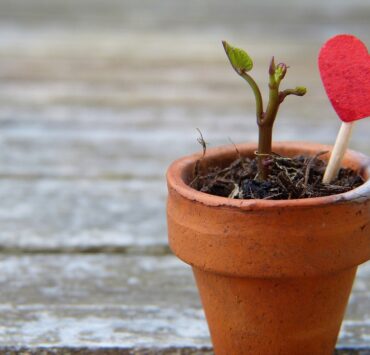We Filipinos are fascinated with flowering trees like the cherry blossoms of Japan (but actually we have a couple of flowering tree species that can rival those).
And who can blame us? The blooms of the trees instantly beautify a landscape. But what’s beautiful to human eyes isn’t always as pleasing to animals. Case in point, the African tulip tree.
You have probably seen this tree species around. It is a popular ornamental garden tree or street tree due to its striking trumpet-shaped orange-red flowers. It can grow up to 24 meters in height and has oval-shaped leaves.
African tulip trees are relatively easy to propagate. Thanks to its bold blooms, birds are attracted to them, making seed spreading easier. Then there are also clueless gardeners drawn by its beauty without knowing that its flowers are harmful and even deadly to bees.
According to Australia’s Department of Agriculture and Fisheries in Queensland, African tulip trees are extremely harmful to native stingless bees. Plus, it’s also a public safety hazard. “When these trees are planted along footpaths, their dropped flowers can create a slippery walking surface,” its website says.
It is considered a category 3 restricted invasive plant under Australia’s Biosecurity Act 2014. “Removal of African tulip trees is highly recommended, particularly when they are in close proximity to natural areas,” the Queensland government said.

New research by Australian entomologists shows that the African tulip tree is killing native bees, leaving their dead bodies in its blooms, and potentially poisoning native bee larvae and hives.
Researchers currently have two theories as to why its flowers are toxic to bees: one, that there is something toxic in the nectar, and two, that the flower’s structure traps the bees.
Following the first theory, it takes 24 hours for the bees to die after ingesting the toxic nectar, which is alarming as it means it can spread poison to their hives.
As we all know, bees play a fundamental part in the ecosystem as they pollinate food crops, among other things.




